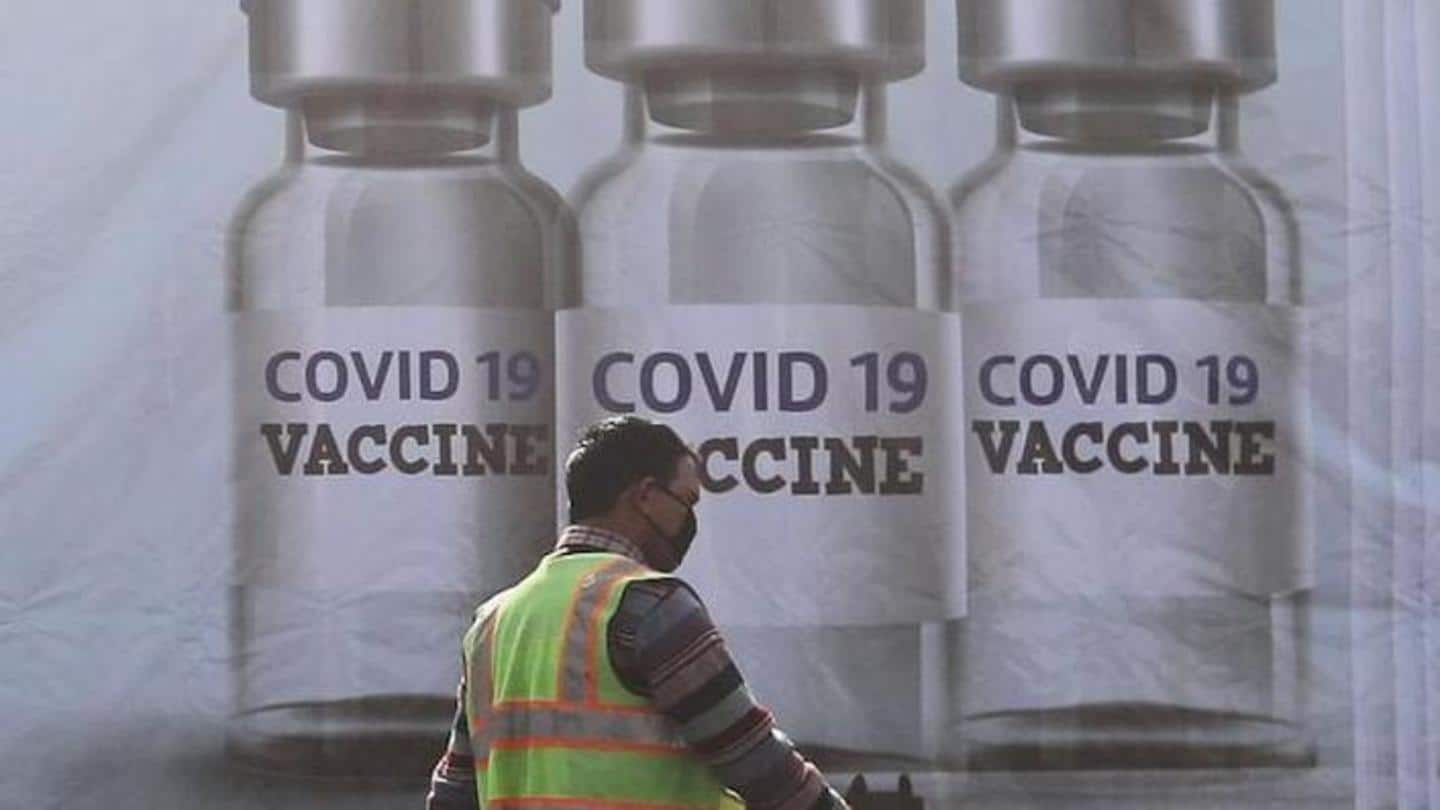
These tools can prevent COVID-19 surges without restricting movement
What's the story
A combination of robust vaccination programs and strict physical distancing rules may be enough to prevent recurring peaks of COVID-19 without greatly restricting the mobility of people, according to a modeling study.
The findings, published in the journal Nature Human Behaviour, can help policy-makers and public health authorities to identify appropriate levels of intervention to keep COVID-19 outbreaks in check over time.
Information
What was the study based on?
The study used anonymized mobile phone geolocation data with epidemiological and coronavirus case data from China to model the potential impact of vaccination and physical distancing on virus transmission.
COVID-19 research
The success of physical distancing depends on various factors
Researchers from the University of Southampton, UK, and The Chinese University of Hong Kong predicted the effect of different combinations of interventions on low, medium, and high-density cities in the country.
The impact of physical distancing in containing future resurgences of COVID-19 depends greatly on the intensity of measures, population density, and the availability of vaccines across geographical areas and time.
Further details
Cities with medium and high-density populations need to adopt both
In the study, containment was defined as maintaining a low transmission rate, or R number below one, which means one infected person will not spread the virus to more than one person.
The researchers noted that cities with medium and high-density populations will need both vaccination and distancing to prevent future intense waves of COVID-19 until herd immunity is reached.
Information
What is herd immunity?
Herd immunity occurs when a large number of people, usually 70 percent, become immune to a contagious disease after being infected with it. However, the team suggests that cities with low populations and effective vaccination could fully interrupt transmission without the need for physical distancing.
Research and findings
This is the best way to implement physical distancing
The results also suggest strong physical distancing interventions implemented for short periods of time may be more effective than mild, long-term ones.
"Our research provides a framework and set of outputs that can be used by policymakers and public health authorities to identify appropriate levels of intervention to keep COVID-19 outbreaks in check," said Shengjie Lai, Senior Research Fellow at the University of Southampton.
Further information
This approach can help address time-critical needs
As more SARS-CoV-2 vaccines come online, there is an urgent need to understand the relationship between these factors. The researchers recognize some limitations to their study, for example, the absence of data on the contribution of handwashing, face masks, and challenges of vaccine supply.
However, they emphasize that their approach can be quickly adapted to provide near real-time data to address emerging, time-critical needs.